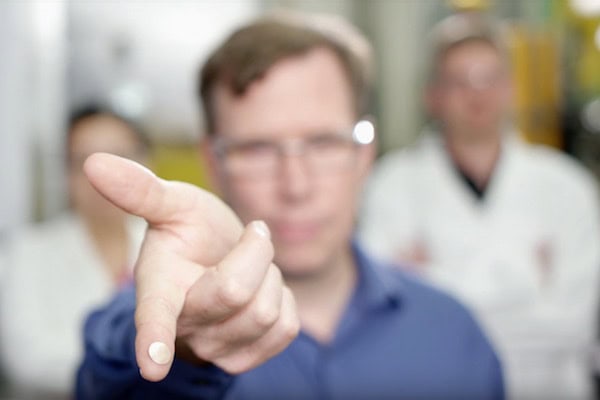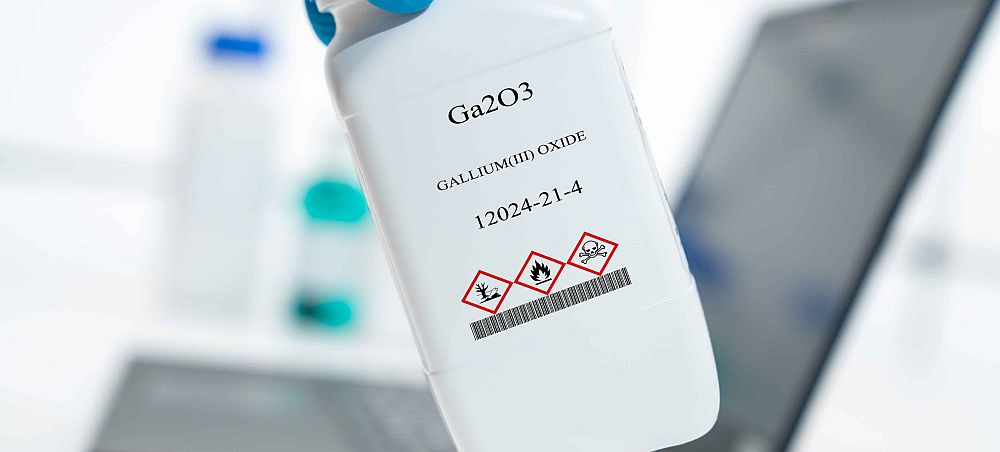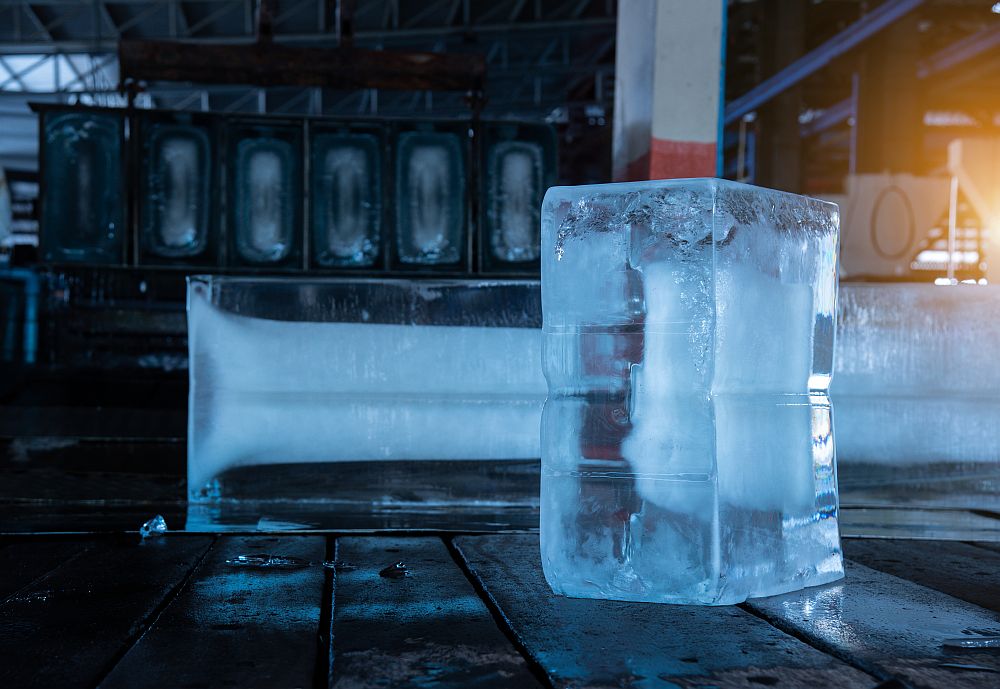
[Image above] A team of scientists at the National Renewable Energy Laboratory uses devices like this battery internal short circuit to blow up batteries—all in an effort to make them safer. Credit: National Renewable Energy Laboratory – NREL; YouTube
Current lithium-ion battery technology—despite its incredible progress—isn’t good enough yet. To power applications that demand increasingly high energy density and improved safety, such as electric vehicles, we need much better batteries.
But like many things in life, that’s easier said than done. It’s one thing to outline the desired or required properties of the perfect battery. It’s a whole other thing to engineer said battery.
It really all comes down to materials science and engineering—each material that goes into a battery has a set of properties—essentially a list of pros and cons—that determine the battery’s performance and limitations.
“Depending on the application, trade-offs among the various performance parameters—energy, power, cycle life, cost, safety, and environmental impact—are often needed, which are linked to severe materials chemistry challenges,” according to a new outlook article about lithium-ion batteries published in ACS Central Science.
According to the open-access article—written by Arumugam Manthiram, ACerS member and Joe C. Walter Chair in Engineering, director of the Texas Material Institute, and director of the Materials Science and Engineering Program at the University of Texas at Austin—high-nickel layered oxide cathodes offer one potential short-term strategy to improve the safety, affordability, and life of existing battery systems. There are several others as well. Plus, Manthiram also details several longer-term strategies that have potential to more drastically improve battery systems, but are met with more significant challenges to development and implementation. Just like the materials themselves, it’s a tradeoff.
But even after researchers address the materials-specific challenges, other practical issues still remain—like how do you even know if a newly developed battery is safe?
According to a new video from the National Renewable Energy Laboratory, that’s where the fun seems to start.
At NREL, senior energy storage engineer Matt Keyser is developing technology to improve the thermal performance of lithium-ion batteries. And that all starts with studying how batteries fail.
Using devices like a battery internal short circuit—which does exactly what its name suggests—Keyser and NREL scientists purposely blow up batteries to identify their weak spots.
It’s a fun job, but someone has to do it. And it ultimately helps develop better, safer batteries to power our future.
Watch the NREL video below to see for yourself.

Credit: National Renewable Energy Laboratory – NREL; YouTube
Did you find this article interesting? Subscribe to the Ceramic Tech Today newsletter to continue to read more articles about the latest news in the ceramic and glass industry! Visit this link to get started.
Author
April Gocha
CTT Categories
- Electronics
- Energy
- Thermal management


